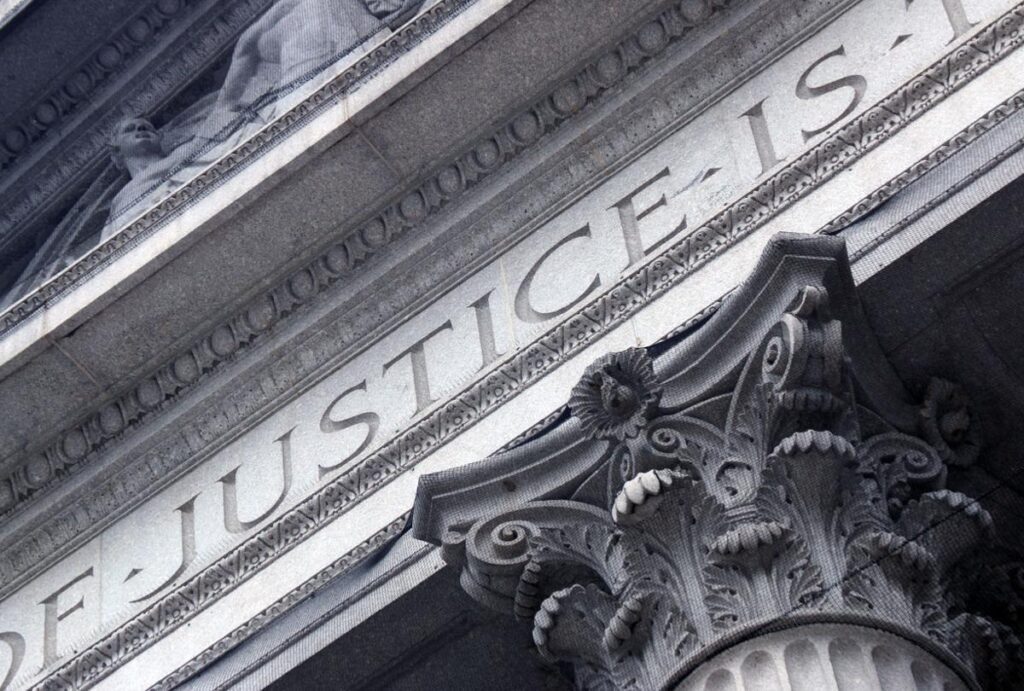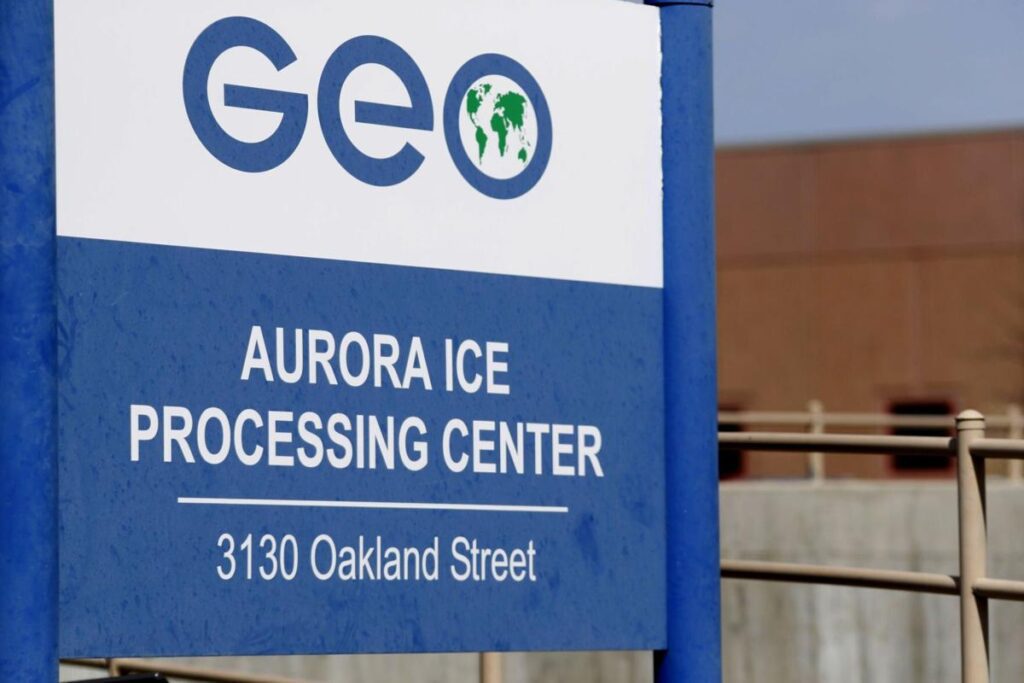Colorado Supreme Court rules, 5-1, against shifting explanations in race-based juror dismissals

In accordance with the U.S. Supreme Court’s longstanding prohibition on intentional racial discrimination in jury selection, Colorado’s highest court ruled, 5-1, on Monday that trial judges may not consider after-the-fact explanations for dismissing jurors of color that were not raised at trial.
The majority agreed that a new trial is warranted for Theodore Israel Madrid, who is serving life without parole for the death of his girlfriend’s 2-year-old son. During his 2012 trial, the prosecution successfully removed a Black man from the jury pool, which the defense argued was the product of race-based discrimination.
Since then, Madrid’s case has taken a number of unusual twists, including two appearances before the state’s Court of Appeals and a hearing five years after the trial to determine why the prosecutor dismissed, or struck, the juror identified as J.T. Finally, when the Supreme Court heard Madrid’s case, one of its members sat out: Justice Carlos A. Samour Jr., who, as a former Arapahoe County judge, was the one who allowed the prosecution to strike Juror J.T. in the first place.
Justice William W. Hood III, writing for the court’s majority, believed U.S. Supreme Court precedent prohibited Samour from considering the prosecutor’s additional reasons for striking Juror J.T., which she raised at the 2017 hearing but not at the 2012 trial.
“The prosecution for the first time justified striking J.T. because it appeared as though he ‘simply did not want to be here’,” explained Hood in the March 27 opinion. “But again, the prosecution said nothing about this behavior at trial.”
Chief Justice Brian D. Boatright interpreted the U.S. Supreme Court’s instructions differently, and indicated he would allow trial judges to scrutinize inconsistent explanations when deciding whether racial discrimination has occurred.
The nation’s highest court, in its 1986 decision of Batson v. Kentucky, decided purposeful racial discrimination in jury selection ran afoul of equal protection under the law. Now, if a prosecutor dismisses a person of color from the jury pool, the defense may raise a “Batson challenge” that proceeds in three steps.
First, the defendant must state a plausible case that a juror is being removed on account of their race. Second, the prosecution must offer a “race-neutral” explanation for the strike. Finally, the trial judge analyzes whether, more likely than not, discrimination is happening.
In Madrid’s case, the unnamed prosecutor briefly spoke with Juror J.T., who is Black, during jury selection. She asked if he had any concerns with anything so far.
“No, not yet,” Juror J.T. replied.
The prosecutor asked if Juror J.T. would have any difficulty looking at autopsy photos in the murder case. No, the man responded. The prosecutor asked if there was anything Juror J.T. wanted to tell her, and he again answered in the negative.
“Do you have a good joke?” the prosecutor asked in closing.
I’m the joke,” Juror J.T. said.
The prosecutor moved to strike Juror J.T. and the defense raised a Batson challenge. The prosecutor listed three race-neutral explanations:
? “(W)e don’t know very much about him,”
? he “has a hearing issue” and
? “he’s sort of completely nonresponsive.”
Samour acknowledged the reasons and, without prompting, noted Juror J.T. “didn’t seem like he wanted to be here.” Samour elaborated later that the man was “slowly walking to the front of the courtroom, sort of dragging his feet, and … just seeming like he was unhappy.”
Samour ruled that Madrid had failed to state a plausible claim of race-based discrimination and denied the Batson challenge.
The Court of Appeals disagreed with Samour’s decision and returned the case to him with instructions to “take additional evidence and allow further argument.” At a 2017 hearing, five years after Madrid’s trial, the prosecutor testified that she did not immediately recall Juror J.T. But in reciting her reasons for striking Juror J.T., it sounded more like Samour’s unsolicited observations than her original, race-neutral justifications.
“I believe there was a sigh. He was slow to take his seat. He did not appear to be delighted,” the prosecutor said. “It goes to the whole, ‘I don’t want to be here and I’m not engaging with you.'”
Samour once again denied the Batson challenge, and once more the Court of Appeals disagreed with him. In 2021, a three-judge panel ruled that Samour, now a Supreme Court justice, should not have stepped in initially to give his own rationale for striking Juror J.T. The prosecutor’s reasons at the remand hearing were essentially a repackaging of Samour’s observations, and the shifting explanation suggested an ulterior motive behind the strike, the panel reasoned.
The Colorado Supreme Court’s majority agreed with the Court of Appeals. Hood noted the U.S. Supreme Court has said a shifting explanation for a Batson challenge “reeks of afterthought” and a prosecutor must “stand or fall on the plausibility of the reasons he gives.”
“So, while J.T.’s nonresponsiveness may be a plausible explanation for the strike,” Hood wrote, “we still conclude that the prosecution shifted its justification on remand, offering a new reason rather than merely explaining what it had said at trial.”
Hood clarified that the first Court of Appeals panel was wrong to instruct Samour to take additional evidence. In this instance, where Samour had offered his own reasons for striking Juror J.T. originally, he would have been inclined to accept the prosecutor’s later paraphrase of his own observations, Hood wrote.
Boatright did not believe the U.S. Supreme Court has forbidden trial judges from hearing new race-neutral justifications after the fact. He suggested that allowing prosecutors to raise new reasons for striking a juror could, in fact, alert a judge to the possibility that the original justification was insincere and, therefore, discriminatory.
“When a striking party offers new justifications for a strike on remand, the challenging party’s rebuttal strikes me as obvious and compelling: Any new explanations are less credible,” Boatright wrote, “and likely indicate that the abandoned explanations are less credible, too.”
The 18th Judicial District Attorney’s Office, which originally prosecuted Madrid, did not have an immediate answer about whether it would seek to retry Madrid 11 years after his original prosecution.
Currently, the state Supreme Court is evaluating whether to adopt a rule that would deter parties from striking jurors of color for reasons that, while not explicitly racial, nonetheless correlate to race. Prosecutors are generally opposed to the measure.
In part, the draft rule would require parties that want to strike a juror for demeanor-based reasons, such as inattentiveness or a poor attitude, to alert the trial judge and opposing party so they can corroborate the behavior first.
Ann Roan, a criminal defense attorney, said the proposed rule would likely have affected the trajectory of Madrid’s case.
“Ostensibly race-neutral reasons based on a lawyer’s interpretation of the prospective juror’s non-verbal conduct have long been recognized as susceptible to abuse,” she said.
The case is People v. Madrid.









